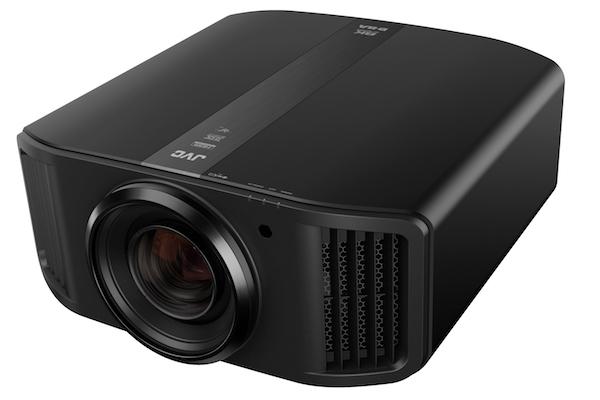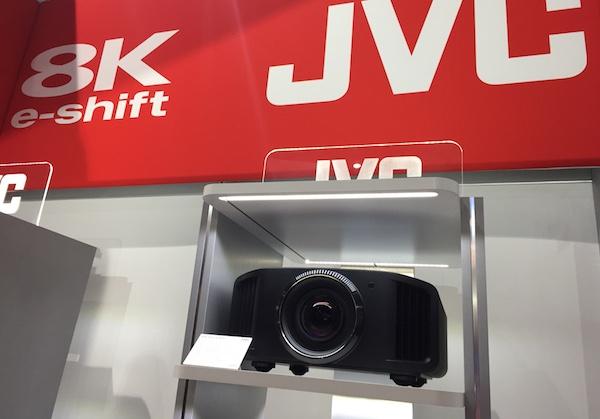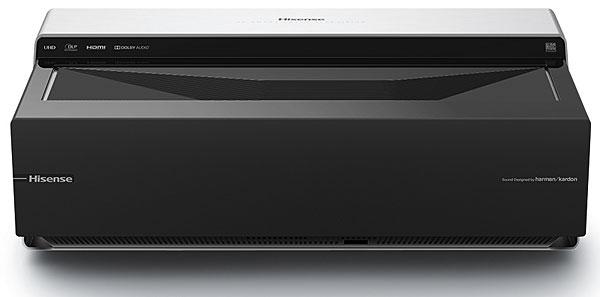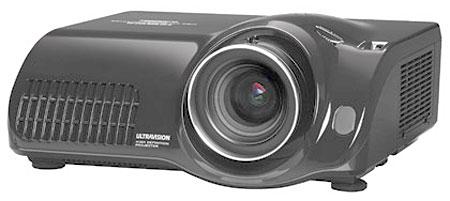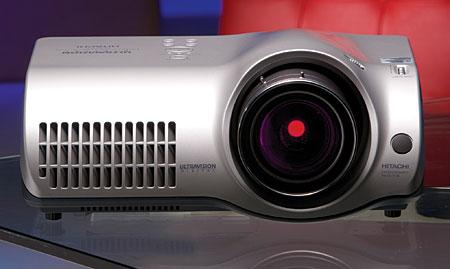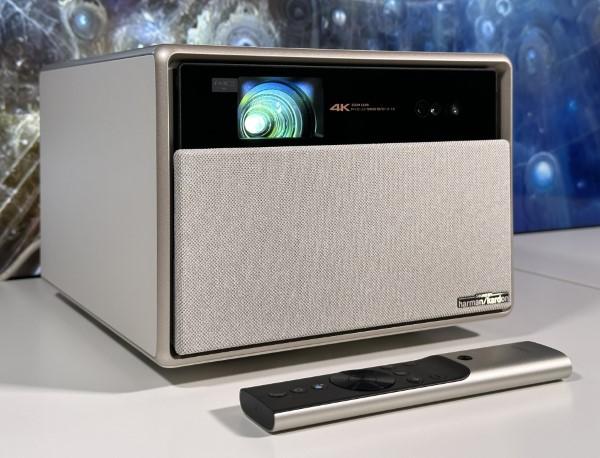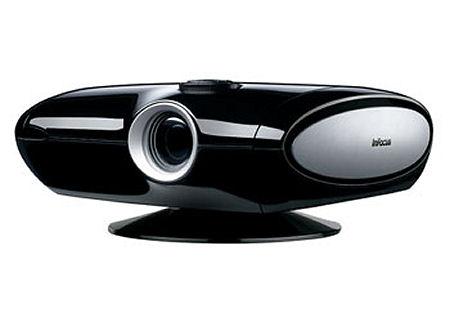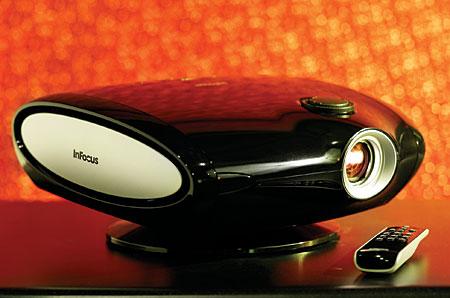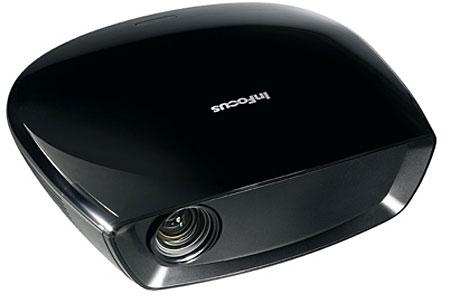Projector Reviews
Sort By: Post DateTitle Publish Date
|
Nov 26, 2019
|
Sep 15, 2020
|
Sep 22, 2022
|
Oct 15, 2005 |
First Published: Oct 30, 2005
|
May 22, 2024
|
Sep 12, 2006 |
First Published: Sep 13, 2006
